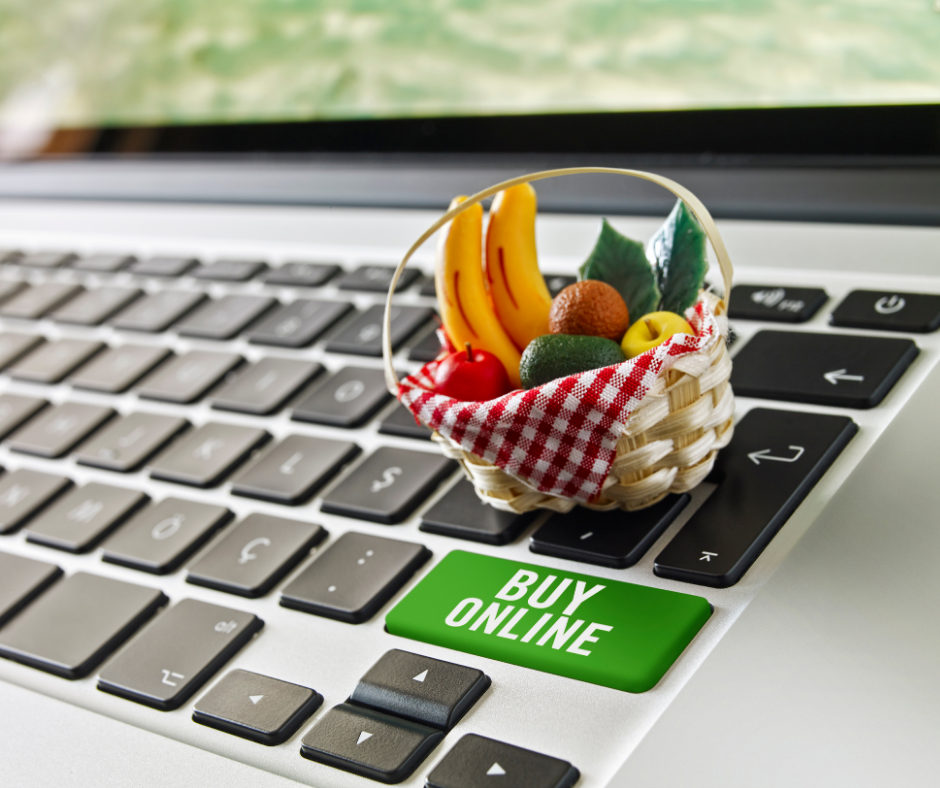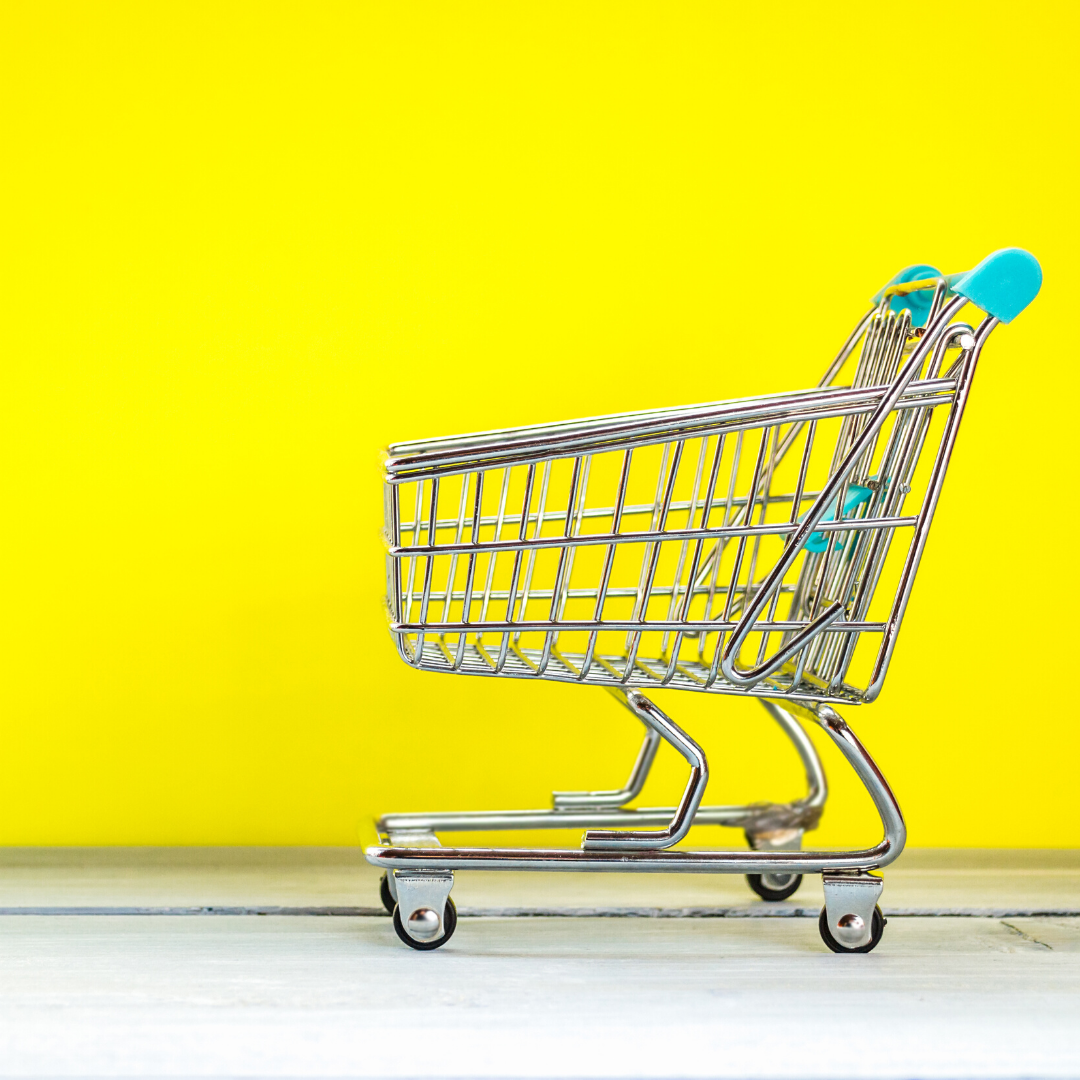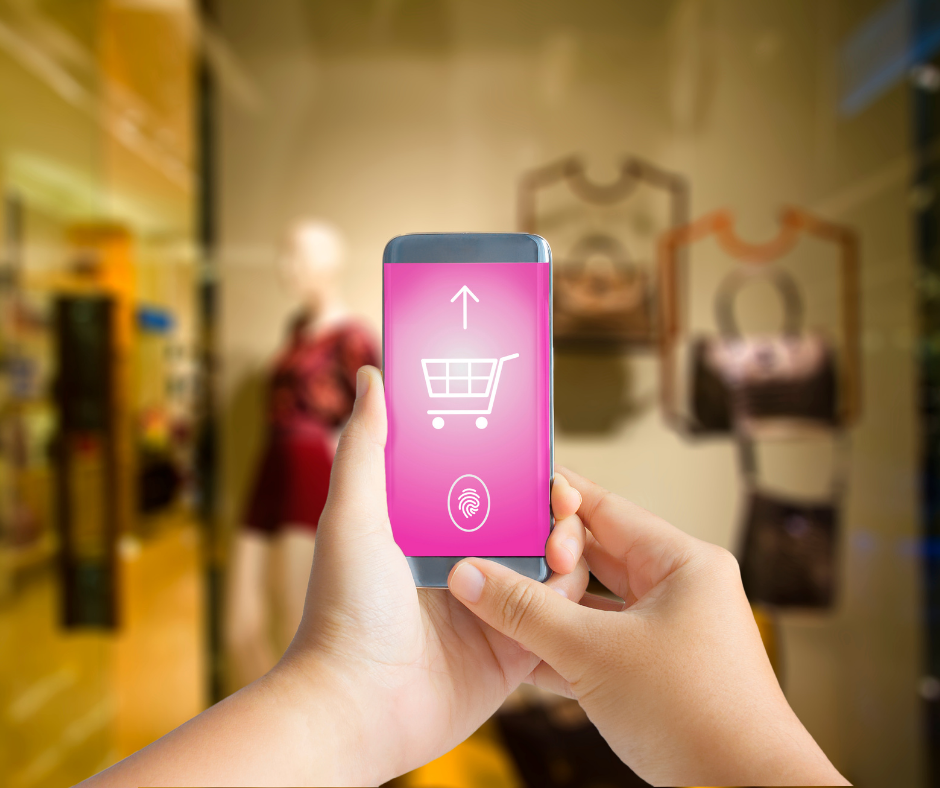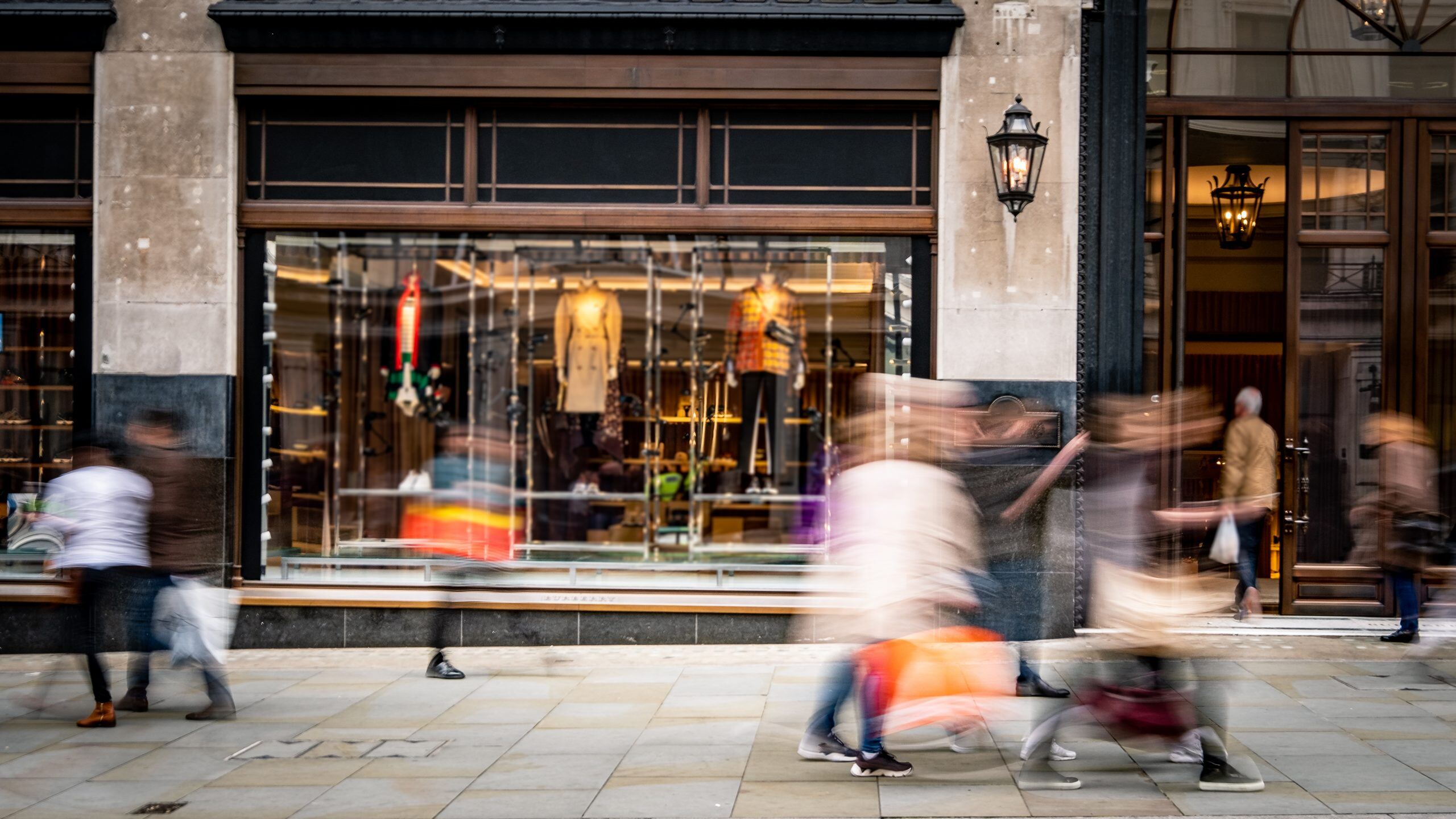Our Top 5 Retail & Technology 2021 Trends
The past 12 months brought unprecedented and unpredicted disruption to the retail sector, with COVID-19 barely on the long-distance radar as the...

"48% of online grocery buyers have ordered groceries online at least once a week during the pandemic."
In just a few months, online grocery has skyrocketed, accelerating in demand faster than expected. The coronavirus has turbocharged the market on an international scale, and with local lockdown restrictions continually imposed upon us over the course of the past few months, people have found the convenience of shopping online for their groceries even more alluring.
According to a ‘2020 Online Food Report’ by Digital Commerce 360, 48% of online grocery buyers have ordered groceries online at least once a week during the pandemic. Of course, many of us love the idea of not having to trek to the supermarket, wheeling a trolley full of food, then waiting in a queue – a virtual basket weighs nothing after all.
This has inevitably caused a lot of retailers to re-think their business model and physical store network. Arguably, despite the ease of online grocery shopping, consumers will still make the effort to go to their local store in fulling their specific product needs. For instance, fish, vegetables, and fruit are commodities that require to be fresh in order to sell well, whereas homeware items are more efficiently bought online.
Therefore, interweaving both in-store and online options into one seamless omnichannel system will be a vital investment and component if grocers are looking to be successful in matching the increase in supply and demand.
Here are some examples and ways in which retailers can do exactly that:
Diversity is key, and now that retailers are turning online to generate a substantial amount of sales, there are plenty of opportunities available to boost their branding and digital presence.
For example, Tom Anderson who is the CEO of Doughnut Time, created DIY Home Kits in a range of flavours with different themes. He told Huffington Post: “Previously we solely operated from our London-based stores; majority of which are based in the central city. With stores closed and city workers now all based from home, we had to create a new offering which would deliver the Doughnut Time experience directly to customer’s doors”.
Exclusive promotional items, offers and selling banner ads on your own website or app for other brands to drop free samples into customer’s baskets are just some of the ways in which you can diversify your revenue streams and realise the potential of online ecommerce for long-term profitability.
This is a hot topic that’s unlikely to cool down any time soon – robotics and automation.
Rio Revolution conducted a recent survey and found that 64% of shoppers want mobile and contactless pickup options, whereas only 28% plan to increase in-store shopping between August 2020 and February 2021.
Autonomous delivery companies have seen a huge growth in the market and although it may be a while for the industry and its technology to be scalable, widely accessible, and cost-effective for smaller businesses, bigger ones are taking full advantage.
Recently, Co-Op who prior to the pandemic offered no online delivery service has now announced a new partnership with same-day home delivery specialist, Grophr in order to expand their pickup fulfilment. Ocado has even started to develop their own click-and-collect solutions through a partnership with Myrmex in building 24/7 pickup stations and standalone facilities.
Drones are another asset in the works with Amazon Prime Air set to release drones with ‘sense and avoid’ technology in June, and Uber Eats testing trial drone following FAA approval. Tesco are also trialling home deliveries by drone in a move that could allow small items to be despatched to customers within 30 minutes to an hour of ordering.
Regardless of shoppers buying habits, staying ahead in the line of this ecommerce evolution of online grocery shopping will allow retailers to retain customer satisfaction and rake in the profits – leaving those who do not migrate or expand their digital infrastructure at the bottom of the food chain.
Automated fulfilment and delivery solutions are extremely à la mode now. But all of these technological integrations can be overwhelming and complex without a proper streamlined system in place. At Spike95 we have the technical experience and tools to get your business scalable and optimised for today and tomorrow, with clear processes set in place and ensuring your platforms are fit for purpose.
Do you have an appetite for success? Get in touch by filling in the form below and let’s see how we can deliver the results you and your customers expect.[vlt_social_share]

The past 12 months brought unprecedented and unpredicted disruption to the retail sector, with COVID-19 barely on the long-distance radar as the...

Black Friday is “dead”. The virus has “killed” retail. How many times have these phrases circulated the news and internet in earlier coverage of the...

The retail sector has faced ongoing disruption in recent years with the rise of ecommerce, click-and-collect, next-day and even same-day deliveries....

Early fashion ecommerce faced one major problem - customers were used to shopping in-store, being able to touch clothes, see exactly how they looked,...

Who’d have thought when walking on the street someone wearing a mask and people keeping their distance from you would be the norm? There are a lot of...